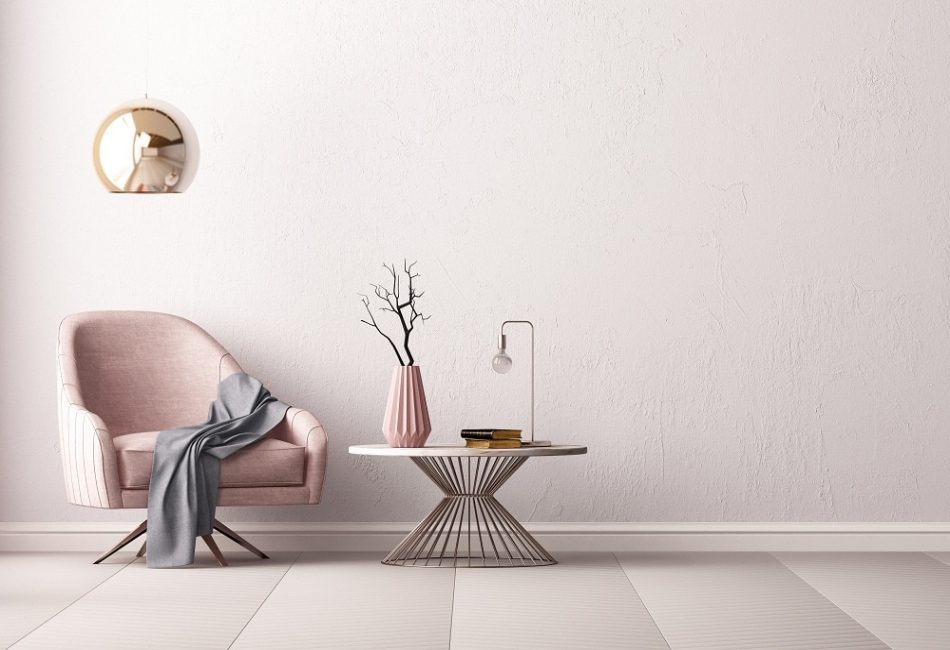Key Takeaways:
- Discover how to choose the perfect paint colors for your home.
- Learn the psychological effects of different color palettes.
- Understand how lighting affects paint color perception.
- Gain insight into popular paint color trends.
- Explore tips for testing paint samples in your space.
The Significance of Paint Color in Home Design
Choosing the right paint color for your home transcends aesthetics to touch on your living space’s emotional and psychological dimensions. Not only do colors have the capacity to impact your mood, but they also set the tone for social interactions and personal experiences within those walls. Picture the serenity from soothing blues or the invigoration instilled by a vibrant yellow. Each hue creates a backdrop for daily life. Engaging professional painting services can be a game-changer for those overwhelmed by such crucial decisions, offering expert advice tailored to your home’s unique architecture and natural lighting. It ensures that the emotional essence of each room harmonizes with its visual appeal.
Understanding Color Psychology
The realm of color psychology uncovers how various hues alter emotions and behaviors. For instance, warm colors are often associated with warmth, passion, and energy. These shades can invigorate spaces like dining areas or entertainment rooms where socialization thrives. Conversely, tranquil blues and greens promote relaxation and calm, making them ideal for bedrooms or bathrooms where peace and tranquility are paramount. With the help of these insights like Pillar Management company notes that homeowners can make well-informed decisions and customize their spaces to meet functional needs and desired emotional effects.
The Role of Lighting in Color Perception
One important but frequently disregarded factor in how paint colors seem is lighting. Have you ever selected a paint chip, only to find the hue appeared entirely different once on your wall? Different lighting—natural daylight, soft evening light, or artificial lighting—can transform the perception of color throughout the day. Natural light will fluctuate with changing weather and times of day, while artificial lights come in various warmth and intensities, potentially skewing the paint’s actual appearance. Observing paint samples on your walls at different times and under different lighting conditions to select a consistent and visually satisfying color.
Popular Paint Color Trends
Keeping abreast of current paint color trends can provide a delightful departure from traditional choices and inspire creative applications in your home. Today’s trendsetters embrace earthy tones such as terracotta and sage, which evoke a sense of grounding and connectivity to nature. These tones pair nicely with neutrals and whites, bringing balance and warmth to modern spaces. Additionally, cool greys and soft blush tones are gaining popularity, offering a versatile backdrop suited to contemporary and traditional decor styles.
How to Test Paint Samples Effectively
After selecting a range of potential colors, testing samples properly before committing is critical. Apply test patches throughout the room to see how each shade appears under different lighting conditions and against existing furnishings. This process provides a practical, real-world understanding of how a color will look once applied in full. A surprising yet effective tactic is to paint and evaluate larger swatches over several days, allowing you to experience the color in daylight and artificial light. This measured approach helps eliminate guesswork and leads to a choice with which you’ll be satisfied over the long term.
Coordinating Colors for a Harmonious Look
Selecting complementary colors can be daunting but immensely rewarding when executed well. Creating a color palette that resonates throughout your home encapsulates harmony, clout, and visual unity. Begin by understanding the color wheel and exploring relationships such as analogous colors, which sit side by side on the wheel, or complementary colors, which stand opposite each other. These principles can guide you in devising a scheme that enhances existing architectural features while imbuing personal style. Technological tools, such as color wheel applications, can assist in visualizing various combinations, helping you confidently explore creative pathways.
When to Call a Professional
Making paint selections may be a daunting task, especially when there are a lot of possibilities and the possibility of being disappointed with the final product. Professional painters and designers bring a wealth of experience and could provide invaluable guidance. By consulting their expertise, you gain insights that remain unexplored. They can recommend harmonious colors based on the intricate play of light within your home, existing decor, and personal predilections. It’s an investment in aesthetics and individual satisfaction with the result, ensuring that your home looks its best and aligns with your emotional resonance.
Embrace Your Unique Style
Your home is an intimate canvas upon which to paint your personal story. Choosing colors that resonate with your style personalizes your environment and enriches the sense of belonging and comfort within your living spaces. Whether you favor bold statements or subtle, whispering undertones, the goal is to craft environments that resonate with joy and contentment. By embracing creativity and trusting your instincts—or enlisting the help of color professionals—there’s no limit to what you can achieve, ensuring your home is a valid extension of your unique perspective and taste.
